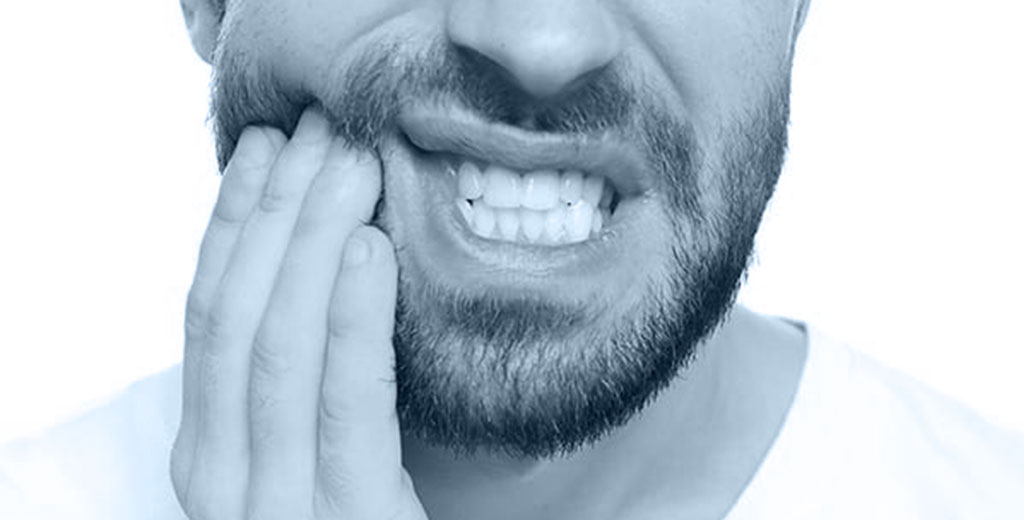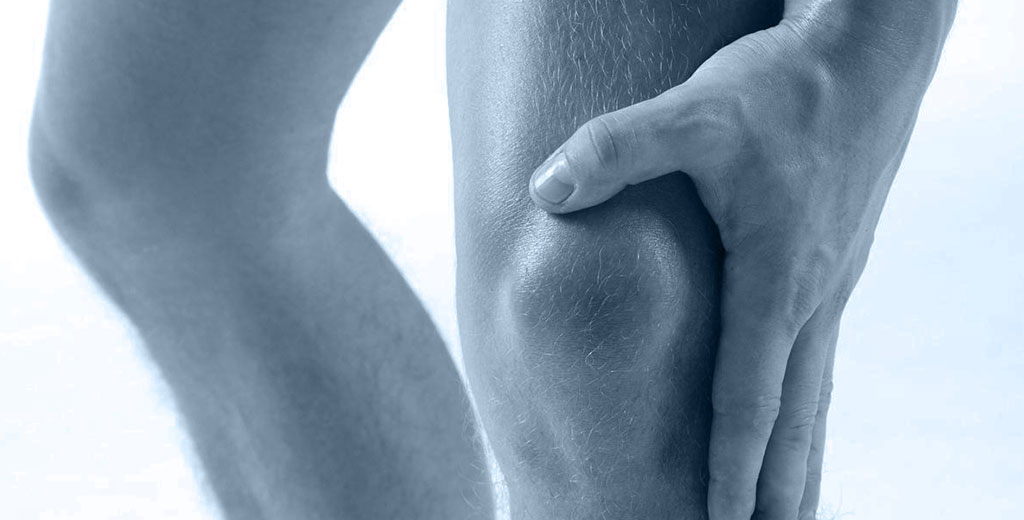Neck pain is one of the most common reasons patients seek physiotherapy. It affects both sedentary individuals and athletes and is closely linked to prolonged postures, repetitive movements, and muscular imbalances.
The clinical challenge? Often, the root cause isn’t just joint dysfunction or postural, it’s neuromuscular: muscles that should be stabilizing are inhibited, while others overcompensate.
Being able to identify these patterns is key to designing effective treatment plans. In this post, you’ll learn how.
Want to learn how to use EMG to assess cervical pain?
👉 Click here to get all the details about mDurance and see how to integrate these tests into your clinical practice
This post provides a step-by-step protocol for evaluating the synergy between the sternocleidomastoid (SCM) and upper trapezius, two of the most commonly involved muscles in neck pain, using clinical tests and surface electromyography (sEMG).
Why Focus on SCM and Upper Trapezius?
Scientific literature has established a strong connection between neck pain and muscular dysfunction in:
- – Sternocleidomastoid (SCM):
Poor activation limits cervical rotation, side bending, and flexion. - – Upper trapezius:
Highly prone to overactivation, leading to excessive tension and overload in the cervical region. - – Resting activity: Patients with neck pain often show abnormal muscle activity even at rest, explaining persistent fatigue and stiffness.
Evaluating the synergy between SCM and upper trapezius is essential to identifying the root cause of pain, not just treating symptoms.
Copy Our 4-Test Protocol to Evaluate SCM and Upper Trapezius
1. Neck Flexion in Supine
Purpose: Identify if the upper trapezius is overcompensating for the SCM during cervical flexion.
Execution: Patient lies supine and performs neck flexion against light resistance.
Results:
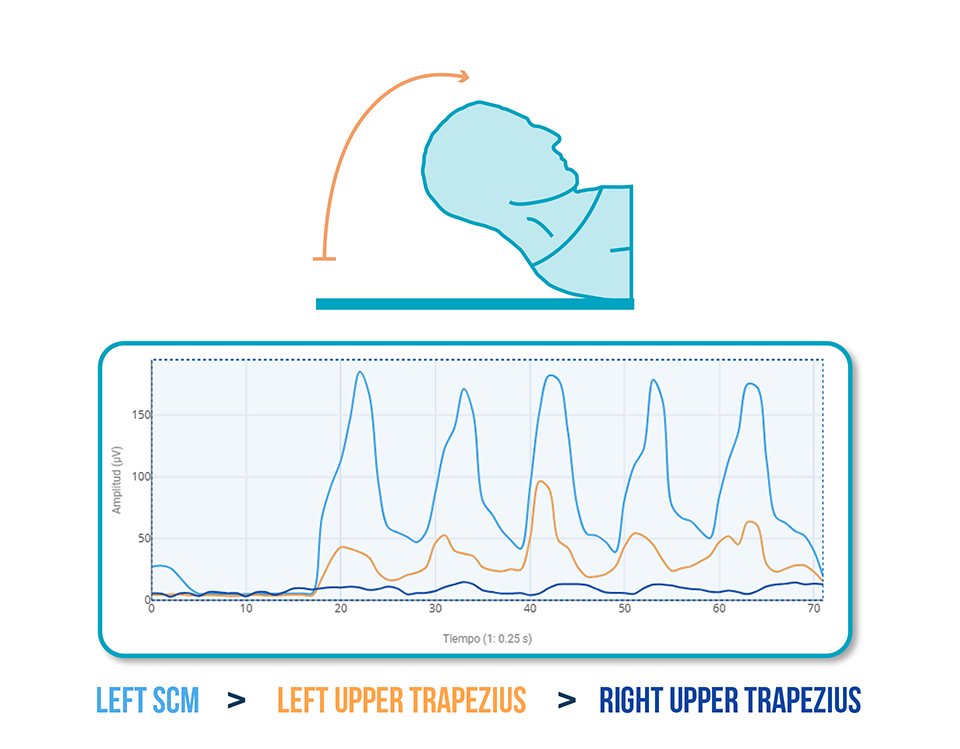
✅ Left SCM > Left and Right Upper Trapezius
❌ Left Upper Trapezius >> Right Upper Trapezius (unilateral overactivity)
This indicates that the left trapezius is recruiting twice as much as the right to perform a movement where it shouldn’t be the main player → compensation and excessive tension in the cervical area.
2. Shoulder Flexion
Purpose: Evaluate upper trapezius involvement during arm elevation.
Execution: Patient sits or stands and lifts arms into full shoulder flexion.
Results:
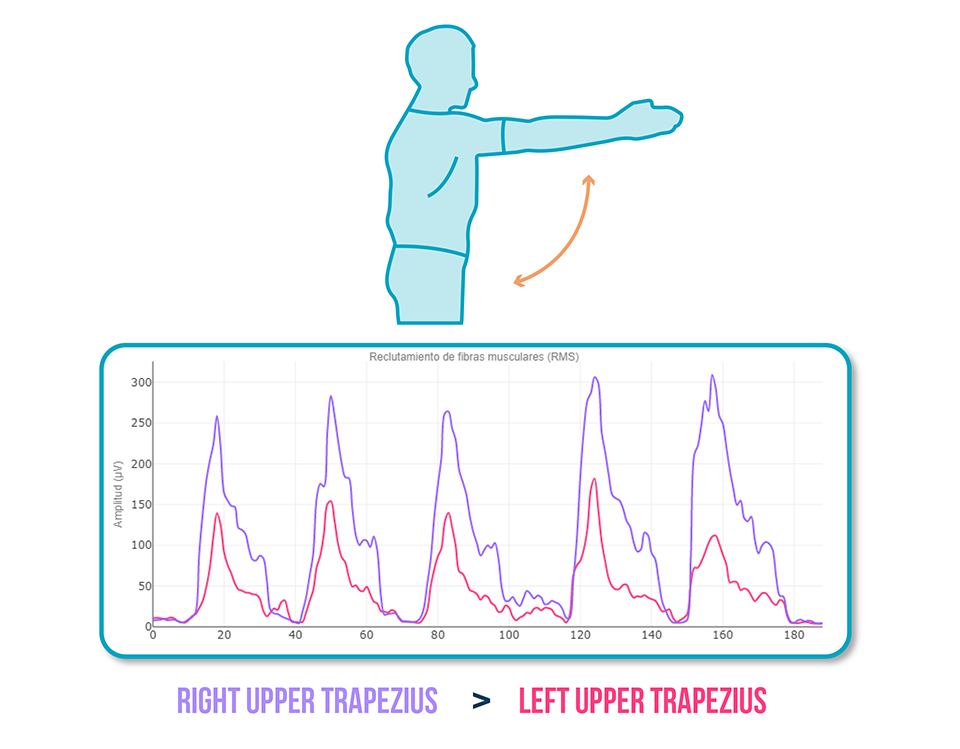
❌ Right Upper Trapezius is hyperactive, requiring double the activation compared to the left.
This pattern creates chronic cervical tension and overloads the upper scapular region.
3. Alternating Cervical Rotation
Purpose: Check for SCM activation deficits during left and right cervical rotation.
Execution: Patient sits and alternates head rotation to both sides.
Results:
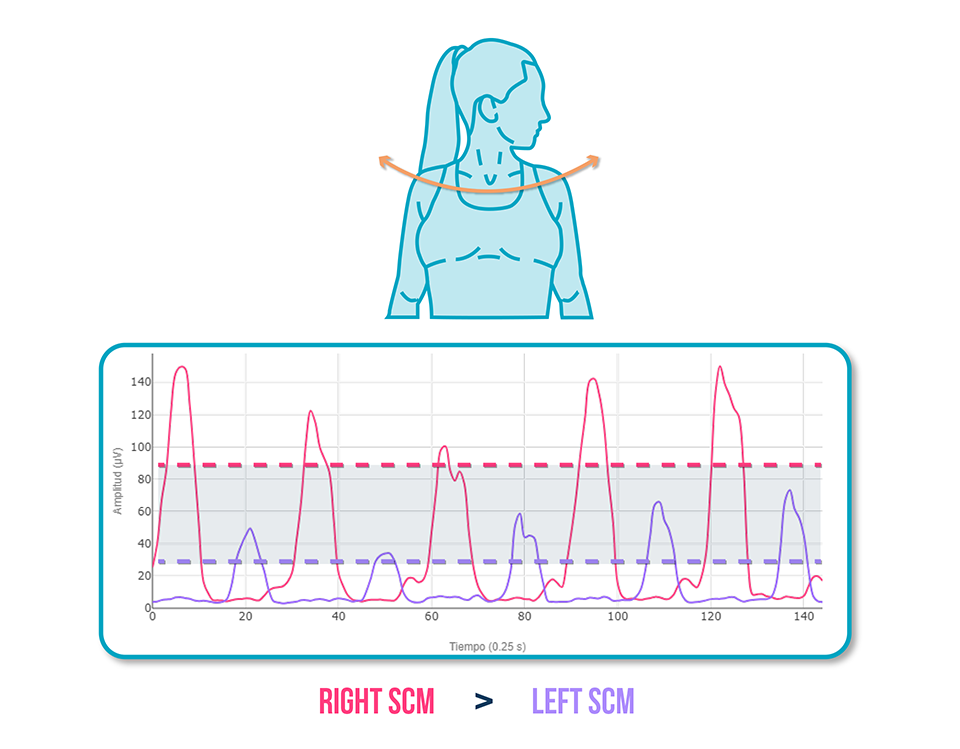
❌ Left SCM shows lower activation than the right.
This leads to limited right-side rotation and muscular compensation from the trapezius or scalenes.
4. Postural Control Test in Seated Position
Purpose: Assess the ability of SCM and upper trapezius to relax at rest.
Execution: Patient sits still in a neutral position.
EMG Reference: A relaxed muscle should show less than 30 μV.
Results:
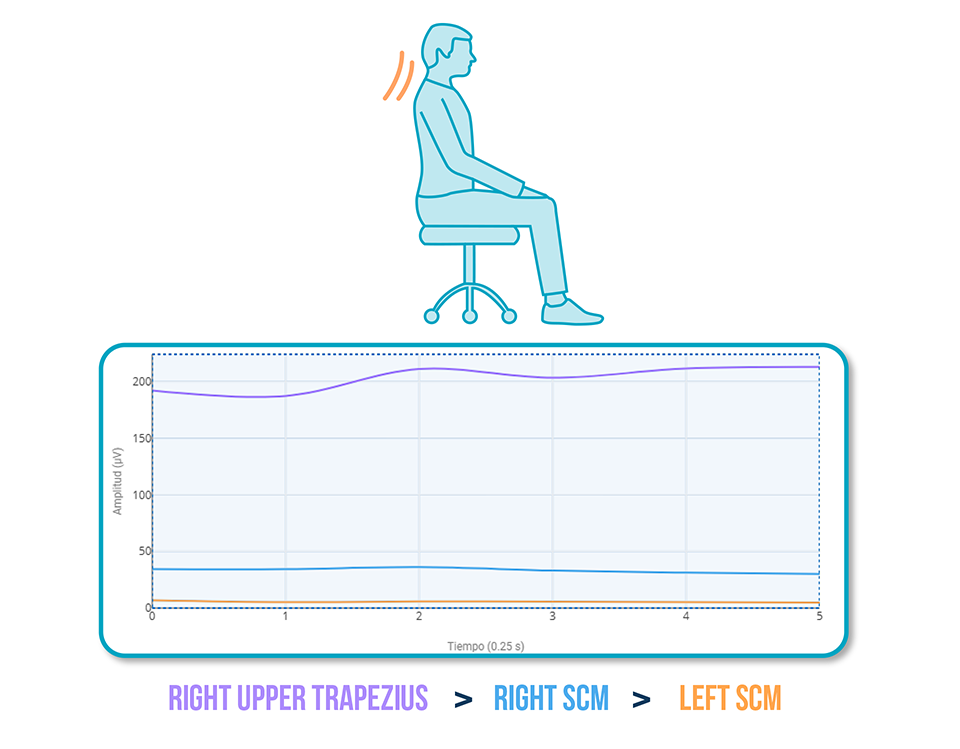
❌ Left SCM and Right Upper Trapezius show elevated resting activity (>30 μV)
This suggests a constant hyperactive pattern—common in patients with chronic neck pain.
Conclusion
Neck pain isn’t always about joint stiffness or poor posture. In many cases, it’s due to altered synergy between SCM and upper trapezius.
With this protocol, you can:
- – Detect resting hyperactivity contributing to muscle fatigue
- – Identify whether the upper trapezius is compensating for underactive SCM in dynamic tasks
- – Use EMG biofeedback to retrain muscle activation in real time
This allows you to create more accurate, evidence-based treatments tailored to your patient’s real neuromuscular needs.
Want to learn how to use EMG to assess and treat cervical pain?
👉 Click here to get all the details about mDurance and how to integrate these tests into your clinical workflow
